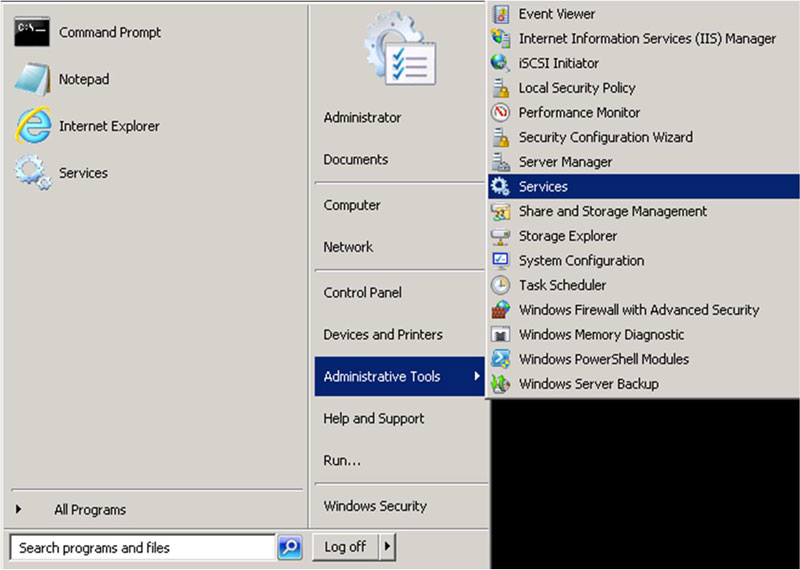

I am interacting with Tech Support on this now. So, I'm not sure if it is completely a WDM issue with Apollos (X6 TB, is what I'm using), or a sample rate change that Apollo doesn't like the hardware to directly make. working in DAW 1 at 48k then changing to DAW 2 at 44.1k - the Apollo will audibly click and then BSOD shut the computer down. Sometimes it's when changing from a DAW (ASIO at 48k) to VLC Player (WDM at 44.1) to check 44.1k stem exports. So, I uninstalled it.Īnd Tech Support has told me not to use anything else on the WDM side of things (see below, regarding Sonarworks Reference 4 in Systemwide - WDM - mode).Īlso, I have been getting BSOD crashes (Bugcheck/IRQ Not Less Than) errors on occasion (intermittent) when I change sample rates.

I ask as I tried this previously with VB-Audio Cable and it was glitchy at best. So, Andy, this would allow effective usage of analyzers (like Plugin Alliance/SPL Hawkeye) without glitches - for music played by any Windows Audio software (i.e. Added the ability to select the ASIO driver as the auto detect was causing issues when non UAD ASIO drivers were present. Make sure your devices are set accordingly.ġ. The Input and Output is hard coded to 48khz. You can quickly test your input by selecting the UAD WDM as an output device and you will hear your input coming out of your monitors. Any app that uses the Virtual Audio Cable input device will get audio from your input. Run my software and choose the Virtual Audio Cable device as the output. Make sure your UAD is powered on and functional. The next option is the free version of VB-AUDIO's Virtual Audio Cable.Ģ. The original VAC is the best one regarding performance and they have a free lite version that you can download from their site. Install a Virtual Audio Cable if you don't already have one. Also, it could be optimized possible latency by default.1. On top of the easier use, vMix users don't need to go and buy virtual cables separately. If the virtual device name is named the same as the input within vMix, it would be much easier to use any 3rd party meeting app or whatever you need. On the input side, adding an audio input "VirtualDevice" could create a virtual audio device on the fly in Windows. Zoom, would make it much easier for many. simply due to the added complexity and confusion caused by the additional need of a 3rd tool.īeing able to simply select "vMixAudioBusM" or "vMixAudioBusA" in etc. It seems to me that many are having difficulties integrating vMix with tools like Zoom and Skype etc. party virtual audio cables, in order to receive or output audio in vMix. I think it would make life much easier for a lot of people, if we didn't have to use a number of 3rd. All the vMix audio buses as virtual audio outputs. We already have the vMix virtual webcams as output devices.


 0 kommentar(er)
0 kommentar(er)
